Mandinka Training Village
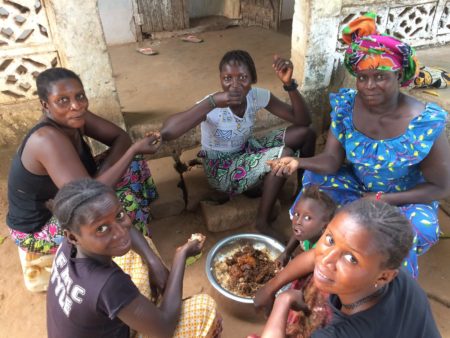
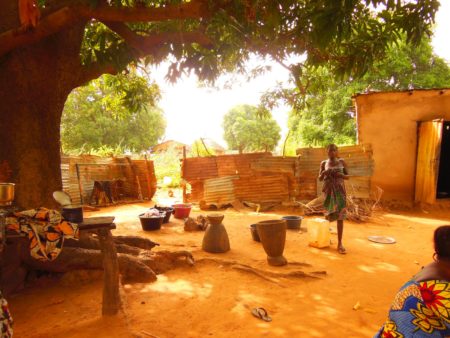
My first two months in country were spent in a Mandinka village. The compound my host family lived in was small in comparison to others, some trainees had up to 18 people living in their compound. Mine had only 6 permanently living there, all women and girls. Kata, my host mother, husband had passed away several years ago. Her four sons were living elsewhere, although one did come home occasionally because he was in the army, stationed at the border with Senegal . Her other sons lived in Europe, and would send money home to help support the family. My host sister’s names were (big) Aja, (little) Aja, Adama, Saajoo and her five-year-old daughter Kati. There are often two family members with the same name. I have the same name as one of my host sisters, Saajoo, and she was the person who helped me get dressed for my naming ceremony. I admit it took me awhile to understand everyone’s relationship, and why family members had the same name.
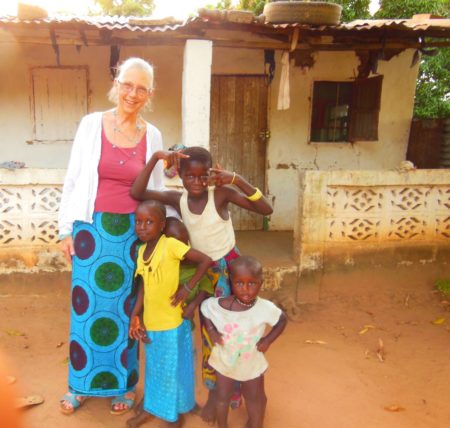
My living quarters were very basic, there was no “upgrade” for senior citizens. I had two rooms and a private back yard with my pit latrine, where I would bathe and hang out my laundry.
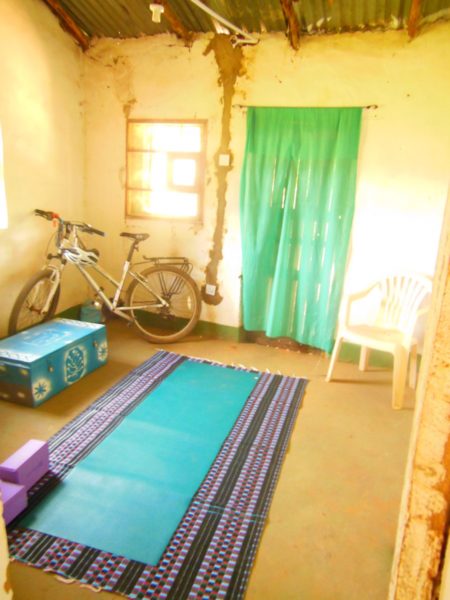
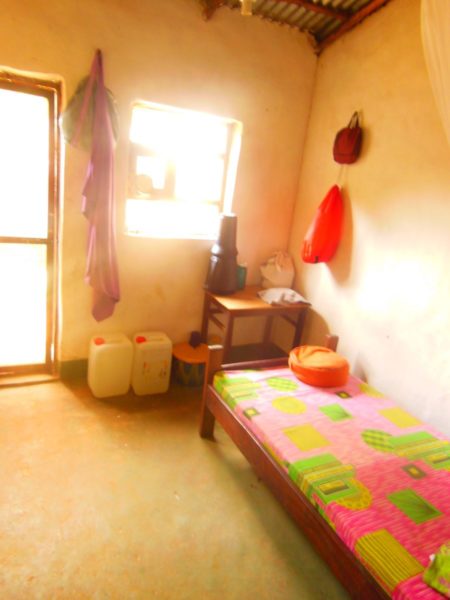
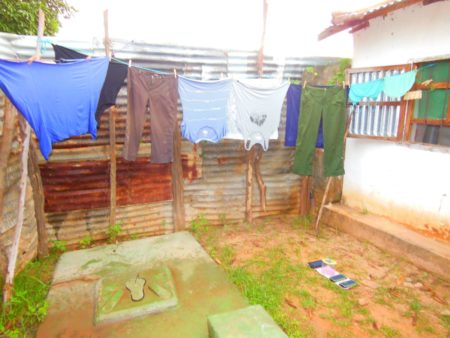
The village had a mosque, bakery, one elementary school, and several tailors. Attached to some family compounds were small stores, selling a limited selection of basic supplies. Village women would set out a display of their garden produce on the main village road, and chat with their friends throughout the day. Men, on bicycles from other villages, would go around to the compounds selling bread, eggs, household items, and fabric.
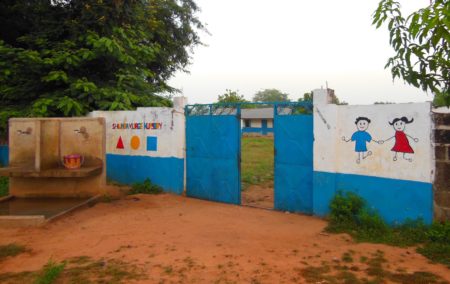
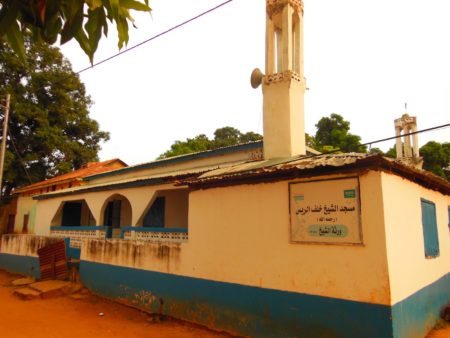
It is an agriculture village that grows rice, peanuts and vegetables. The many donkeys, goats, sheep, chickens, ducks, just wandered around, eating everything that isn’t fenced. Donkeys are the primary workforce, used in the fields to plow, and transport the harvests on carts. A few people in my village had cars or motorcycles, but most of the residents walked, rode their bicycle, took a taxi, or used the donkey cart.

8 thoughts on “Mandinka Training Village”
I love how you are so integrated into the community activities and customs. Thanks for telling us about how you are living now. It is so interesting!
I would love to know more about the local clothing and textiles. Your clothesline shows you haven’t given up Western dress, but I love the dress and skirt you wear in some of the photos. Cotton mostly? I love the bright colors.
Lisa – Gambian clothes is a great future blog topic. Yes, they love colorful fabric, for both men and women. It really depends on the micro culture, how conservatively the dress code is. Westerners have more leeway, but the general rule is to have the shoulders and knees covered. I have never been a much of a skirt gal, and riding my bike or working in the garden, keeps me wearing pants most of the time. Thanks for your interest, and stay tuned for about this fascinating culture. – Susan / Saajoo
Thank you Susan, Remarkable!
Happy New year and thanks for the u date. Loved to see you in the long native fabric skirt. That is a beautiful compound. What is your primary project? You have those 12 hour days like Costa Rica but here we cheered as the sun is moving back north. I hope you saw the full moon on Jan. 1. On Dec 31 we watched a beautiful sun set and full moon rise at the same time. I found that I used it as a marker- those family and friends are seeing the same full moon as I was even half way around the world. Also there is a Blue Moon on Jan 31.
Isn’t it interesting living someplace with different holidays. We are so used to Thanksgiving, Christmas and New Years but many places don’t recognize those.
I’m so inspired by you. Thank you for these updates Susan, I look forward to reading more and living through your experience.
Susan, I am also interested in the fabrics and clothes (daughter of Pam it’s no surprise). The fabrics remind me of Tanzania. Many of the more affordable fabrics were printed cotton in bright colors. You look beautiful.
Yay! We found your blog. So exciting to read your adventure since leaving California. Your host family and new community, your new name, and all the beautiful pictures look incredible. So heartwarming to look into your new world and see how your generous heart is making a difference in your new community, as they make a difference in yours. What a sweet light in our crazy world right now. Thank you so much for sharing! With love and gratitude
I love hearing about your time and seeing the pictures…wondering what your project there will be….Susan
Comments are closed.